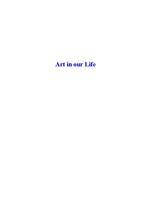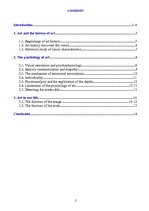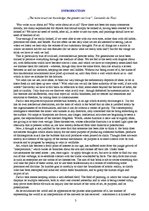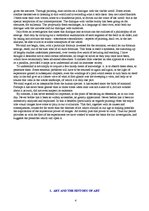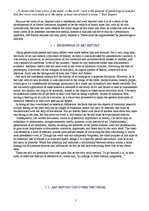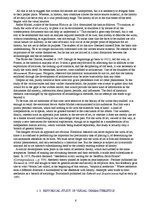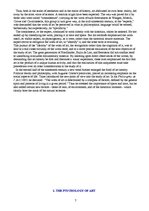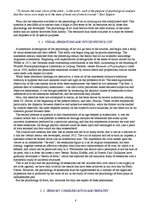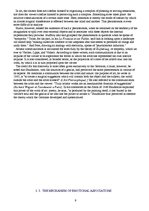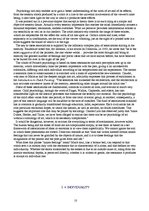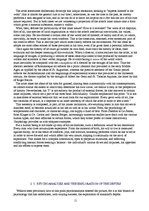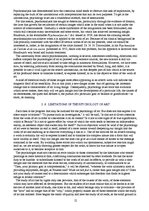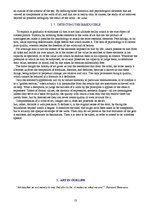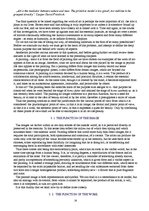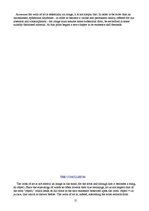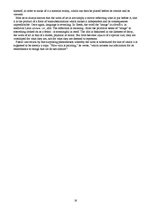Why write more about art? Why write about art at all? Have there not been too many comments already, too many explanations for objects that should simply be looked at, having been created to be looked at? We have no need of words, after all, in order to use our eyes; and paintings should have no need of theories of art.
True enough if we really looked, if we were able to see with our own eyes, rather than with old habits, preconceived ideas, and beliefs. But too often we see only what we are accustomed to seeing, just as when we listen we hear only the echoes of our customary thoughts. For us all things are a mirror in which we search not for our real features (do we know what we really look like?) but for the visage we think we have or wish we had.
This is particularly true of civilized, overintellectual persons today. For generations we have been trained to perceive everything through the medium of ideas. We are fed to the teeth with dogmas about art, with definitions which have become convic-i ions, and which we have so completely assimilated that we mistake them for instincts - whereas, though they have the same force, they are actually a screen between us and our instincts, keeping the latter well hidden. Without our being aware of it, the husks of this insubstantial nourishment have piled up around us, until they form a wall which shuts us in - and which in time we mistake for the horizon.…
